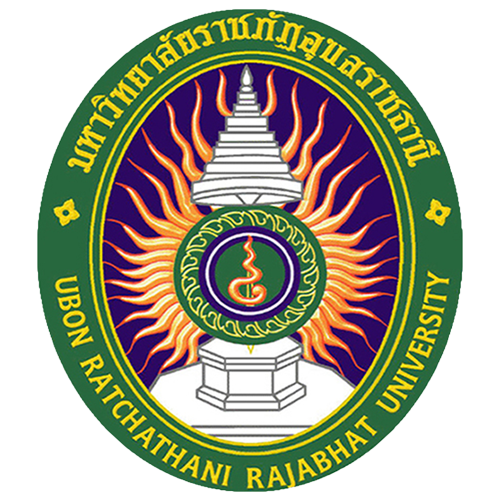Efficiency of Chemicals for Controlling Bacterial Blight Disease of Rice ศุภลักษณา สนคงนอก วันพร เข็มมุกด์ วัลยา รักแก้ว สุภาวดี ฤทธิสนธิ์ อัญชนา ดลชลา วิพากษ์ อ่อนทรัพย์ จันจิรา ชัยกล้า สุกัญญา อรัญมิตร และ พยอม โคเบลลี่
Main Article Content
Abstract
Bacterial blight (BB) disease caused by Xanthomonas oryzae pv. oryzae (Xoo). This disease causes severe damage as well as a reduction in yield overall. BB epidemics have increased rapidly in recent years. The use of chemicals is one practical method. The aim of this research was to evaluate the efficacy of bacterial blight chemicals, including zinc thiazole, copper hydroxide, copper oxychloride, and tribasic copper sulfate at recommended dosages with the paper disc diffusion method in the laboratory conditions to suppress five Xoo isolates, namely XanSPB2019, XanCNT2019, XanCMI2019, XanPLG2019, and XanSKN2019. The results showed that copper oxychloride significantly controlled the growth of Xoo bacteria as compared to the control. Copper hydroxide and tribasic copper sulfate ranked second. The Phitsanulok 2 rice variety and an artificial inoculation with bacterial suspension using the clipping method were used in experiments carried out in the experimental greenhouse. The results indicated that zinc thiazole was the most effective treatment for bacterial blight, with a statistically significant difference from the control. The following are copper oxychloride, copper hydroxide and tribasic copper sulfate. The comparable percentages of severity were 21.19, 28.06, 30.95, and 31.16. respectively. Three paddy field conditions were tested: 1) in the dry season 2022 at Hantra subdistrict, Phra Nakhon Si Ayutthaya district, Phra Nakhon Si Ayutthaya province 2) in the wet season 2022 at Don Ko Ka subdistrict, Bang Nam Priao district, Chachoengsao province and 3) in the wet season 2022 at Don Chimplee subdistrict, Bang Nam Priao district, Chachoengsao Province. The zinc thiazole group showed the lowest percentage of disease severity, 15.38, 10.37, and 10.99, respectively, in Bang Nam Priao District, Chachoengsao province. Zinc thiazole was found to be the most effective chemical with percentages of severity 15.38 10.37 and 10.99, significantly different from the control were 68.75, 15.56 and 38.92 respectively. In conclusion, zinc thiazole is the most effective chemical for controlling bacterial blight.


